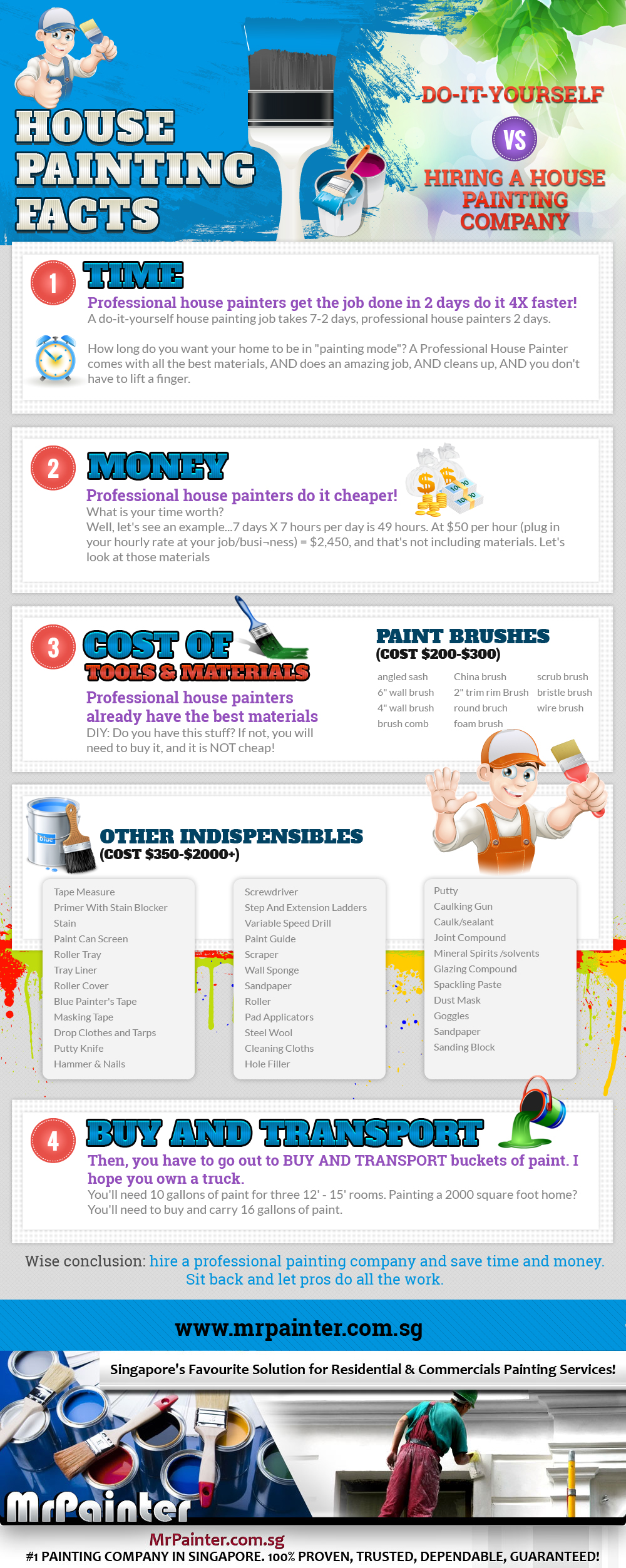Figure Out Just How Seasonal Elements Affect Industrial Exterior Painting Success And Uncover The Best Times To Guarantee Long Lasting Results For Your Task
Figure Out Just How Seasonal Elements Affect Industrial Exterior Painting Success And Uncover The Best Times To Guarantee Long Lasting Results For Your Task
Blog Article
Writer-McLamb Chaney
When you're preparing a commercial exterior paint task, seasonal factors can make or break your results. You'll wish to think about exactly how temperature and humidity effect paint application and drying out times. Picking the ideal season can guarantee your paint sticks correctly and lasts much longer. But which seasons are genuinely the most effective for this kind of work? Let's check out the crucial elements that can impact your task's success.
The Effect of Temperature on Paint Application
When you're preparing a commercial exterior paint project, the temperature level can considerably influence how well the paint sticks and dries out.
Ideally, you intend to paint when temperature levels vary in between 50 ° F and 85 ° F. If it's as well chilly, the paint may not cure properly, resulting in problems like peeling off or fracturing.
On house painters minnesota , if it's too warm, the paint can dry out too promptly, stopping correct attachment and resulting in an unequal coating.
You need to also take into consideration the moment of day; morning or late afternoon supplies cooler temperature levels, which can be a lot more beneficial.
Constantly inspect the manufacturer's suggestions for the particular paint you're making use of, as they often give advice on the suitable temperature level variety for optimal outcomes.
Moisture and Its Result on Drying Times
Temperature isn't the only environmental element that affects your industrial external paint task; humidity plays a significant role as well. painting contractors mn can slow down drying out times dramatically, affecting the overall quality of your paint task.
When the air is filled with wetness, the paint takes longer to treat, which can result in concerns like poor attachment and a greater threat of mildew growth. If you're repainting on a particularly humid day, be gotten ready for extended wait times between coats.
stright line to monitor neighborhood weather and plan appropriately. Preferably, go for humidity degrees between 40% and 70% for ideal drying.
Keeping these factors in mind ensures your project stays on track and supplies a lasting coating.
Best Seasons for Commercial Exterior Painting Projects
What's the most effective season for your industrial external paint tasks?
Spring and very early fall are generally your best bets. During these periods, temperatures are mild, and moisture degrees are commonly lower, creating perfect problems for paint application and drying.
Avoid summer's intense heat, which can create paint to dry too promptly, leading to poor bond and surface. In a similar way, winter's cold temperature levels can hinder correct drying and healing, running the risk of the long life of your paint job.
Aim for days with temperatures in between 50 ° F and 85 ° F for ideal outcomes. Keep in mind to inspect the local weather prediction for rainfall, as wet problems can spoil your job.
Preparation around these elements guarantees your paint job runs efficiently and lasts longer.
Final thought
In conclusion, preparing your commercial outside paint projects around seasonal considerations can make a considerable distinction in the result. By organizing job throughout the perfect temperatures and moisture degrees, you'll make certain better bond and drying times. Remember to watch on local weather report and pick the right time of year-- springtime and very early loss are your best choices. Taking these actions will help you attain a durable and expert coating that lasts.
